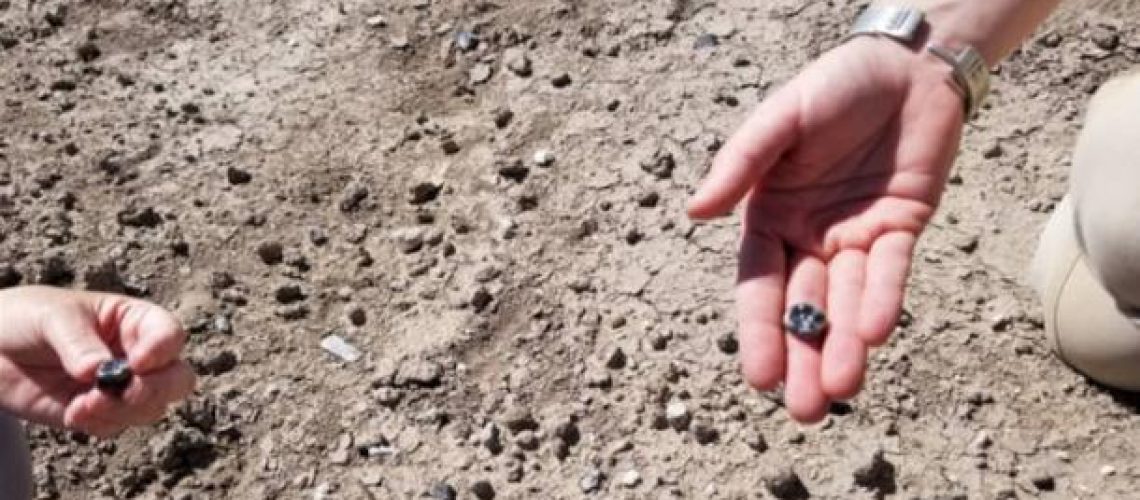
A groundbreaking discovery in Ethiopia’s Afar region has revolutionized our understanding of human evolution, revealing that two distinct human ancestor species lived side by side between 2.6 and 2.8 million years ago. International researchers led by Arizona State University have uncovered 13 fossilized teeth belonging to a previously unknown species of Australopithecus that coexisted with the earliest members of our own genus Homo, fundamentally challenging the linear progression model of human evolution.
The remarkable findings, published in the journal Nature, come from the famous Ledi-Geraru Research Project site where scientists previously discovered the oldest known Homo specimen and the earliest stone tools on Earth. This latest research demonstrates that human evolution was far more complex than traditionally imagined, resembling what researchers describe as a “bushy tree” rather than a straight evolutionary line.
“This new research shows that the image many of us have in our minds of an ape to a Neanderthal to a modern human is not correct — evolution doesn’t work like that,” explains Kaye Reed, a research scientist at Arizona State University’s Institute of Human Origins and co-director of the Ledi-Geraru Research Project since 2002.


